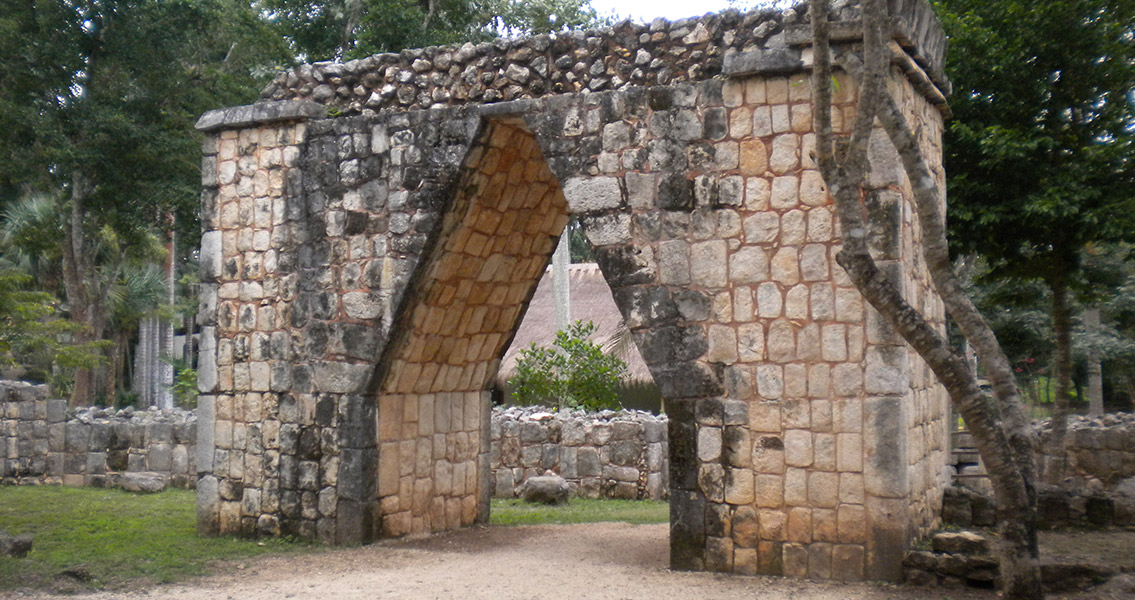<![CDATA[The religious architecture of Spanish colonists in the New World was influenced heavily by the Maya, an indigenous civilization wiped out by European colonization. The age of European expansion into the New World was characterized by the exploitation, subjugation, and assimilation of those who were already inhabiting the lands European powers wished to make their own. The most egregious examples of this cultural – and often literal – eradication are found in the colonies founded by Spain during the colonial period, with the Maya peoples of the Yucatán Peninsula just one of the victims of this European colonisation. In a new doctoral thesis by the University of Gothenburg’s Teobaldo Ramirez Barbosa, a solid link has been made between Maya and the architectural elements of their building methods influencing the religious infrastructure of colonial Spain. The spread of Christianity played a pivotal role in the colonization of the region, which incorporates parts of modern-day Belize and Mexico, and was used as a method by Spanish colonial overlords to control the Maya. In an interview with Heritage Daily, Barbosa remarked that the conversion of the Maya people to Christianity was a core strategy in the Spanish colonization of the region. He engaged in a study of Maya dwellings in the colonial region, comparing them to the early churches established in these colonies, and discovered that there was a rare bilateral relationship between colonizer and colonized, with the construction and appearance of these churches having been clearly influenced by the Maya’s pre-Hispanic methods. This hybrid approach to religious tradition goes against the grain when it comes to the prevailing view of strategies employed by colonizing forces. The impetus behind such an adoption of indigenous aesthetics might have been purposeful, perhaps in that it was an attempt to provide a familiar look and feel to the Maya as they were encouraged to convert to Christianity, without resorting to more forceful coercion methods, though this interpretation would be speculative at best. While primarily concerned with forging a link between pre-Hispanic Maya architecture and colonial religious buildings, Barbosa additionally engaged in archaeological research in Mexico’s Espiritu Santo Bay. The goal was to pinpoint the location of Kachambay, a colonial site that included a church founded in 1621, the Nuestra Señora de la Limpia Concepción. The doctoral student also sought to uncover small indigenous settlements in the region known as rancherias, which were founded in response to the Spanish congregational system. Barbosa and his colleagues discovered a pair of settlements in the northern region of Espirito Santo Bay, proving that there had indeed been human activity in the region despite its reputation for being historically uninhabited. In fact, one of the two settlements has direct connections to Kachambay, something that Barbosa said would likely encourage additional research and excavation in the region. Doing so could expand the amount of information regarding how the Maya attempted to flee the reach of Spanish colonization and its congregation regime. Barbosa’s thesis has been digitally published by the university and can be found online here Image courtesy of Wikimedia Commons user Alex]]>
Spanish Colonial Churches Influenced By Maya Designs
